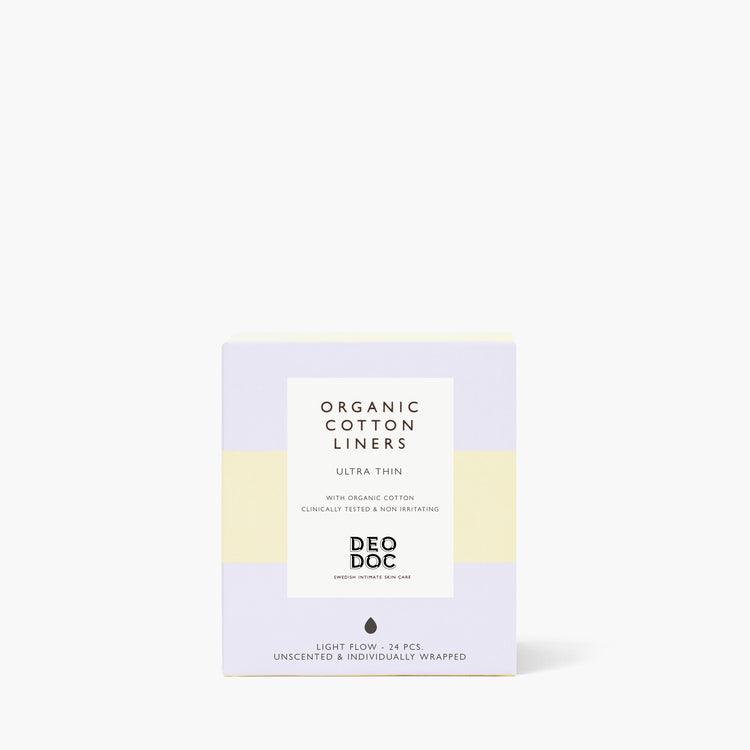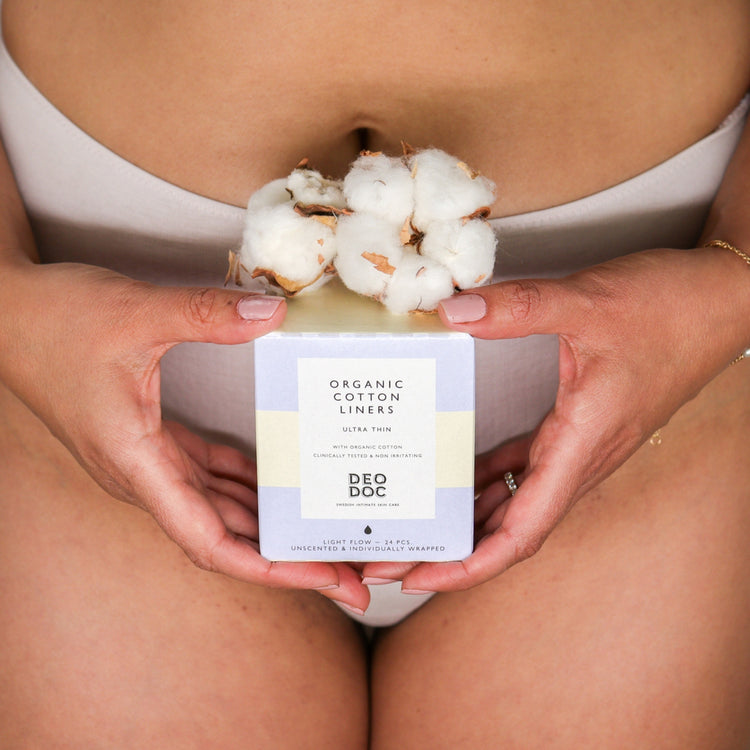What is menstruation?
Menstruation, or more commonly known as a period, is the monthly shedding of blood and uterine lining via the vagina.
-
1. Follicular phase
During this phase, the ovaries are stimulated by hormonal changes to stimulate follicular growth. Follicles contain unfertilized eggs, and each month one egg prepares to be released via the dominant follicle. During this time, estrogen levels also begin to rise, causing the uterine lining to thicken in order to receive a fertilized egg.
-
2. Ovulation
Ovulation occurs approximately 14 days before menstruation. In this phase, the ovarian follicle bursts and the mature egg is released into the fallopian tube. After ovulation, the egg travels through the fallopian tube towards the uterus. At the same time, the uterine lining continues to thicken in preparation for an egg. If the egg is not fertilized, it dissolves after 24h.
-
3. Luteal phase
After ovulation, the follicle that held the mature egg transforms into something called corpus luteum. Corpus luteum releases hormones, especially progesterone. This increase of hormones helps the uterine lining to maintain its thickness and get ready for a fertilized egg to be implanted.
If the egg is not fertilized, corpus luteum will start to break down and the hormone levels will drop (progesterone and estrogen). This is what starts menstruation. The hormonal changes that occur in the luteal phase are associated with PMS symptoms that many people experience.
-
4. Menstruation
The lining of the uterus starts to shed via the vagina. The menstrual fluid consists of blood and uterine tissue.
When the menstrual phase ends, the follicular phase initiates and the cycle begins again.
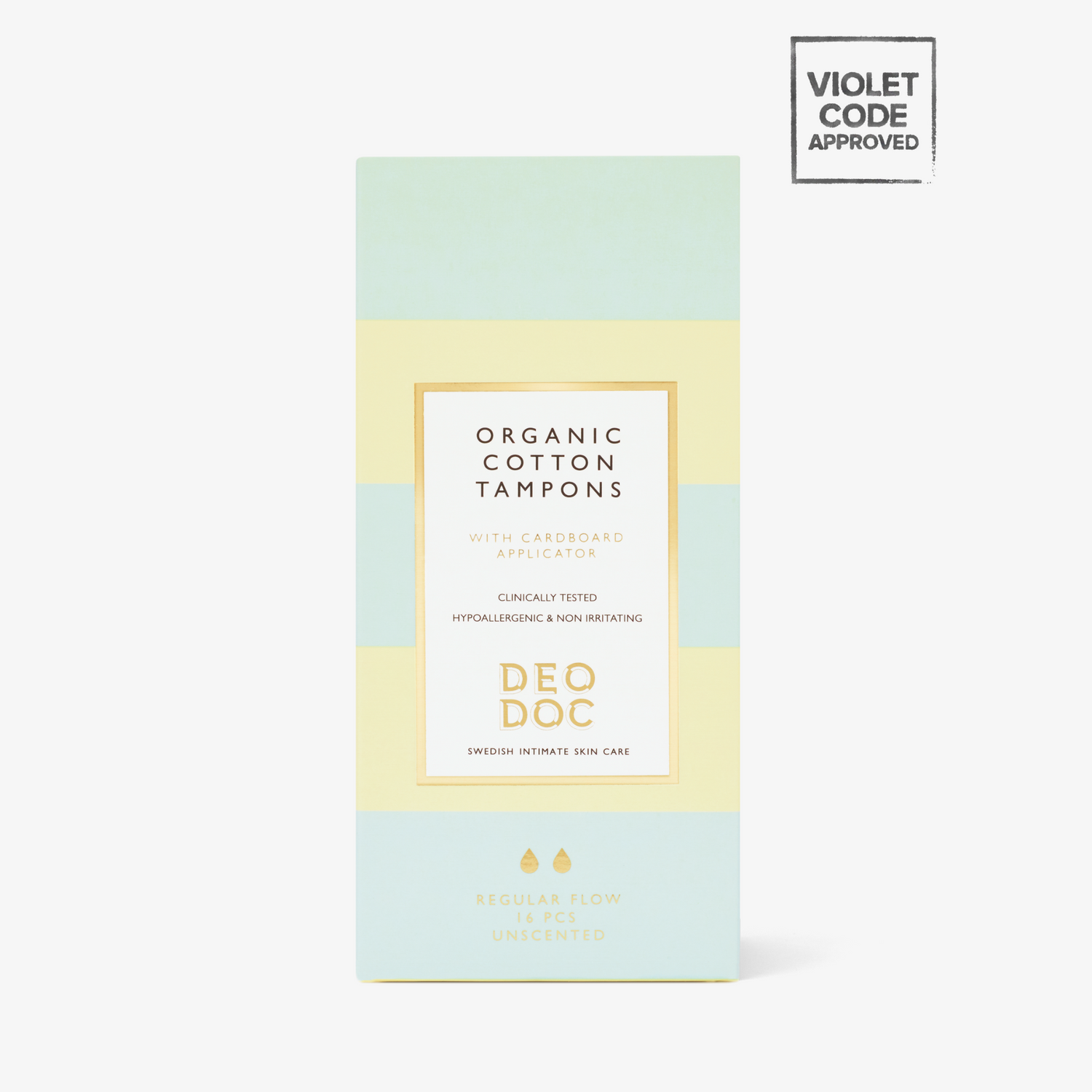


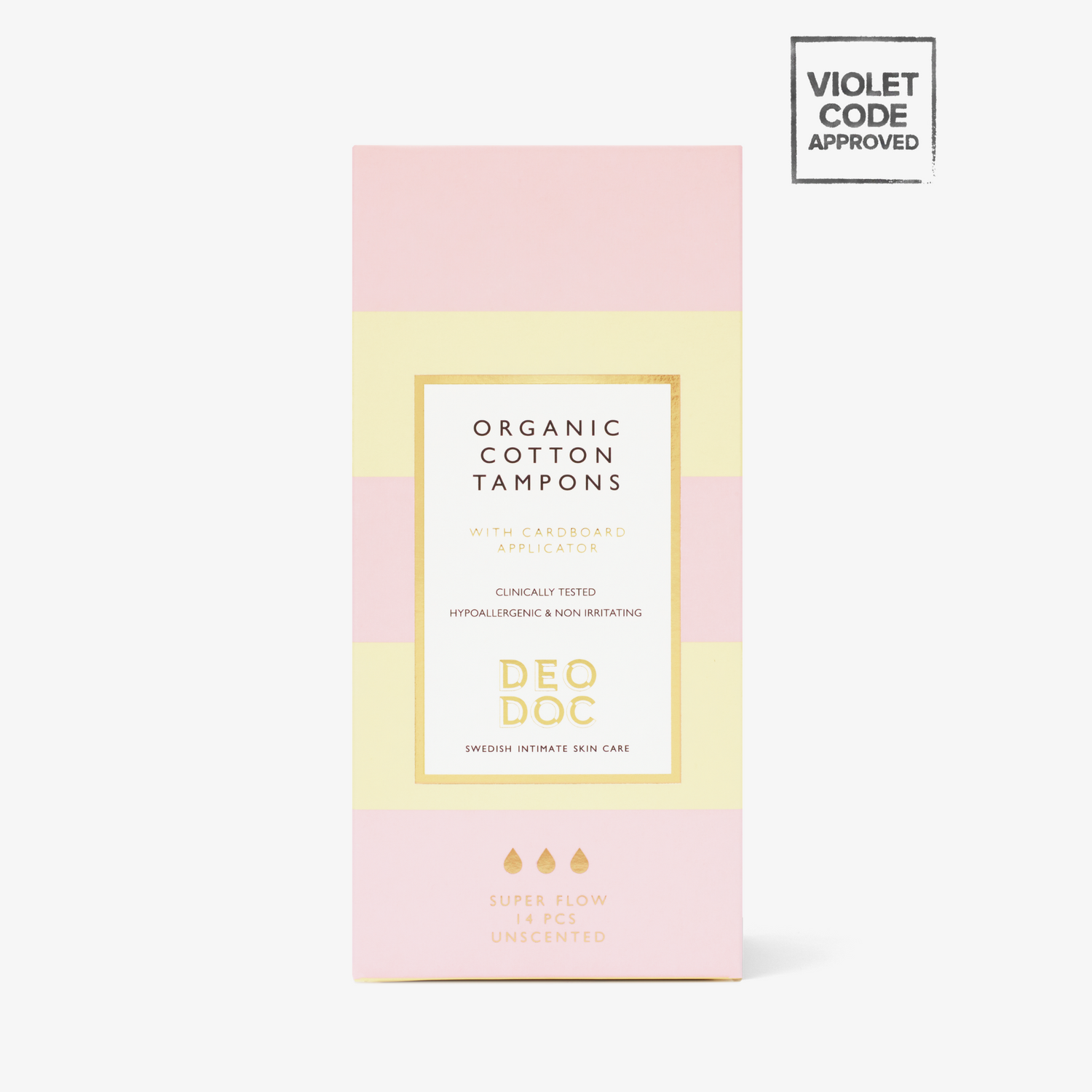
Cotton Tampons
- Regular price
-
$9.00 - Regular price
-
$9.00 - Sale price
-
$9.00




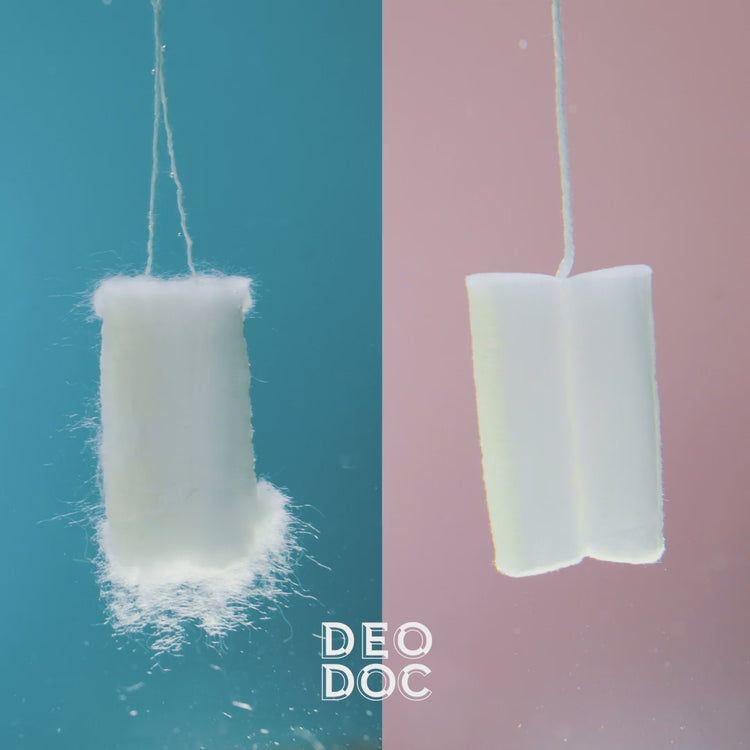
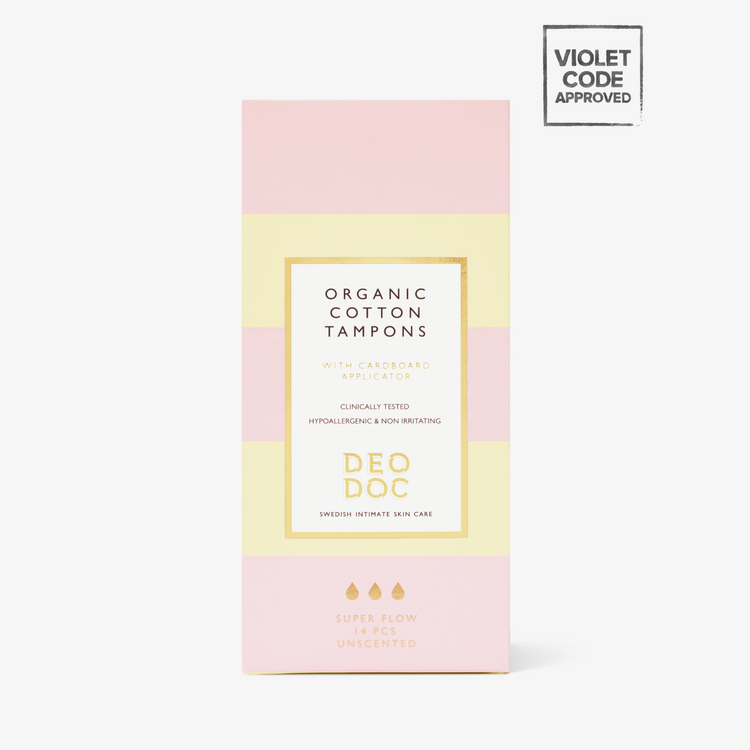




Cotton Day Pads
- Regular price
-
$9.00 - Regular price
-
$9.00 - Sale price
-
$9.00




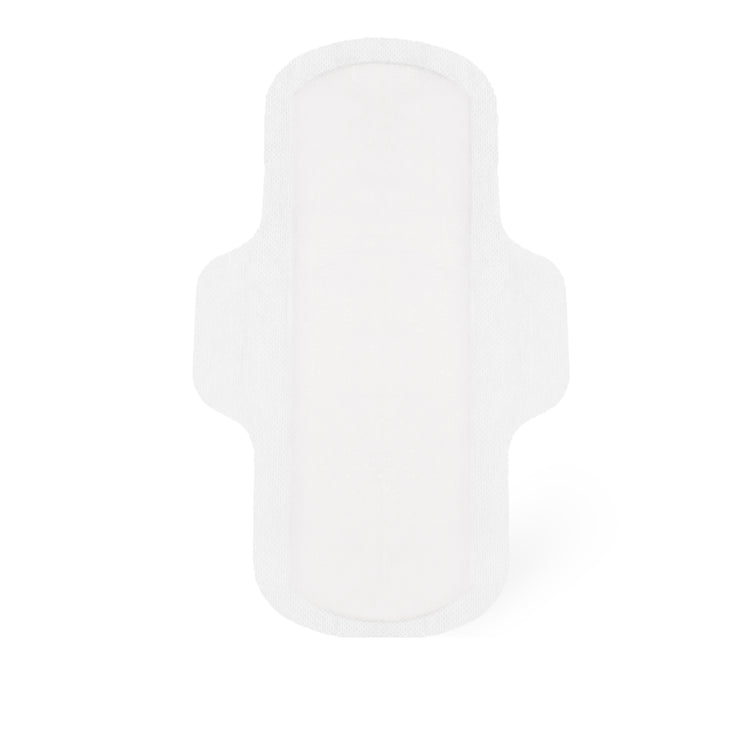



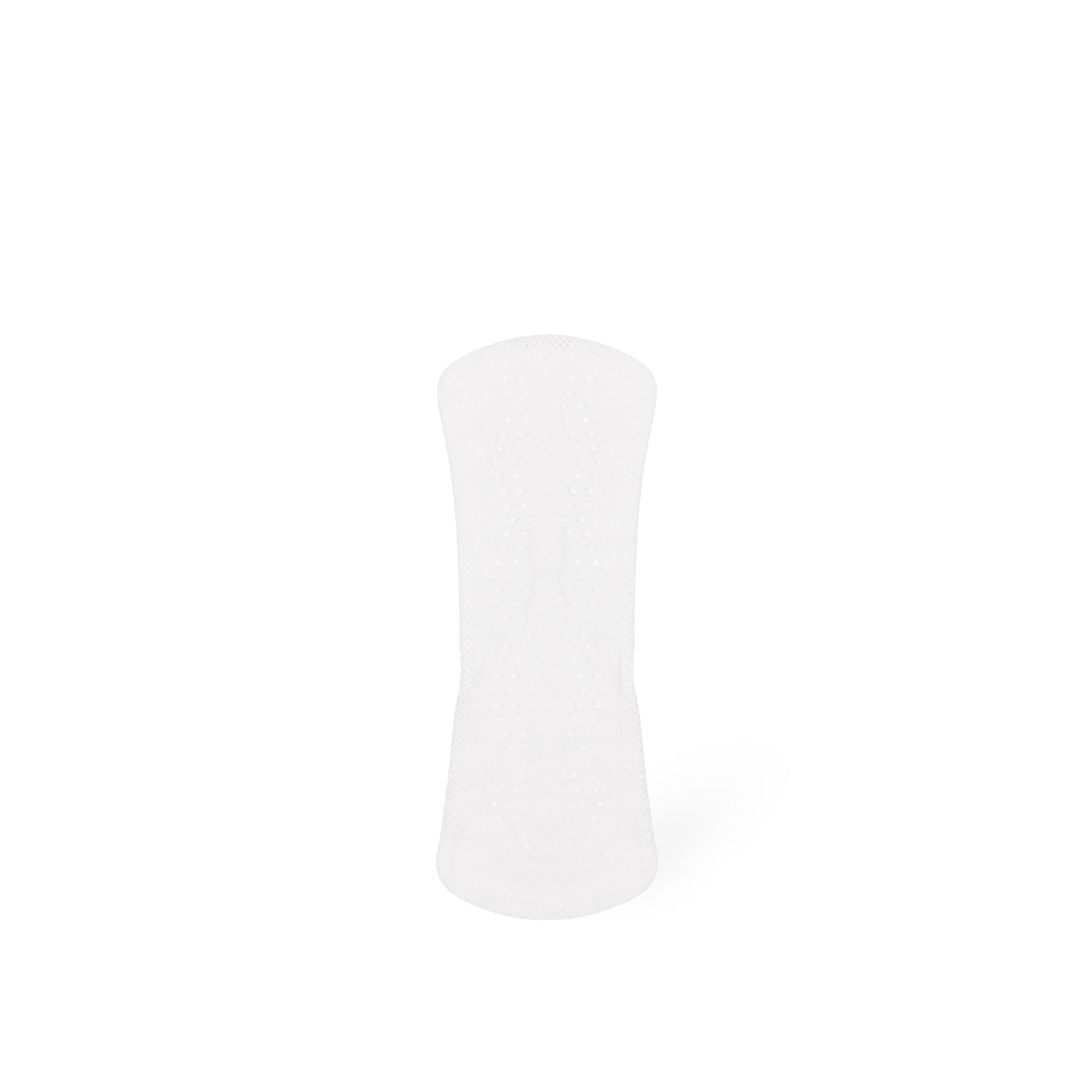
Cotton Liners
- Regular price
-
$10.00 - Regular price
-
$10.00 - Sale price
-
$10.00
